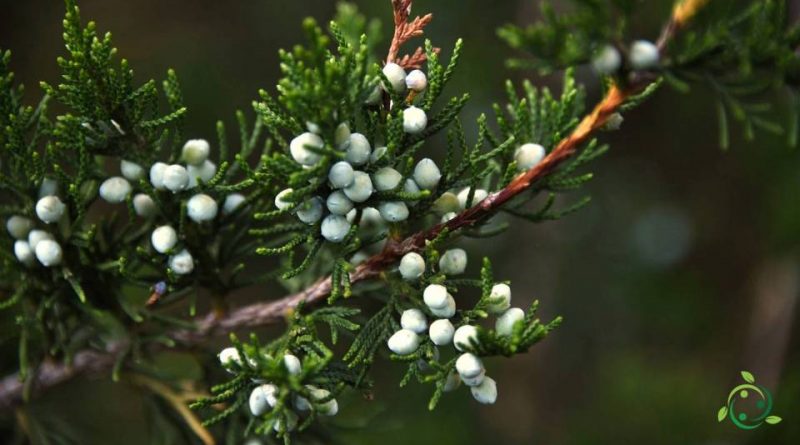How Juniper reproduces
How Juniper reproduces
The common juniper (Juniperus communis L.) is a small tree or a perennial shrub, with conifers and evergreen, with slow and very long-lived growth that can become more than 100 years old, which belongs to the Cupressaceae family.
This evergreen shrub is native to the mountainous areas of Europe, Asia and North America.
The common juniper is a dioecious species, with male plants with inconspicuous, yellowish flowers, which appear in May-June; and female plants with three-scaled flowers that turn into “berries” (botanically they are called “galbuli”) spherical, fleshy, first green and blue-violet when ripe, which takes 2-3 years, and covered with a opaque patina, on which the three scales at the apex are visible.
Playback –
The common juniper is a plant that can be reproduced both by seed and by cutting.
Propagation by seed must be carried out in the spring. In implementing this technique, keep in mind that it is of low success due to the low germinability of the seeds. it should also be remembered that with this technique plants with identical characteristics to those of the mother plant are not obtained.
The most adopted technique for the multiplication of juniper is that through cuttings.
Juniper cuttings must be cut for a length of about 10-15 cm and must be taken in the summer. As soon as the cuttings have been cut, they must be rooted in a substrate obtained with a mixture of peat and sand.
It is advisable to plant in small pots which, after rooting, will be grown in a cold greenhouse for at least 2 years.
For the details of the cultivation technique, refer to the following sheet.

